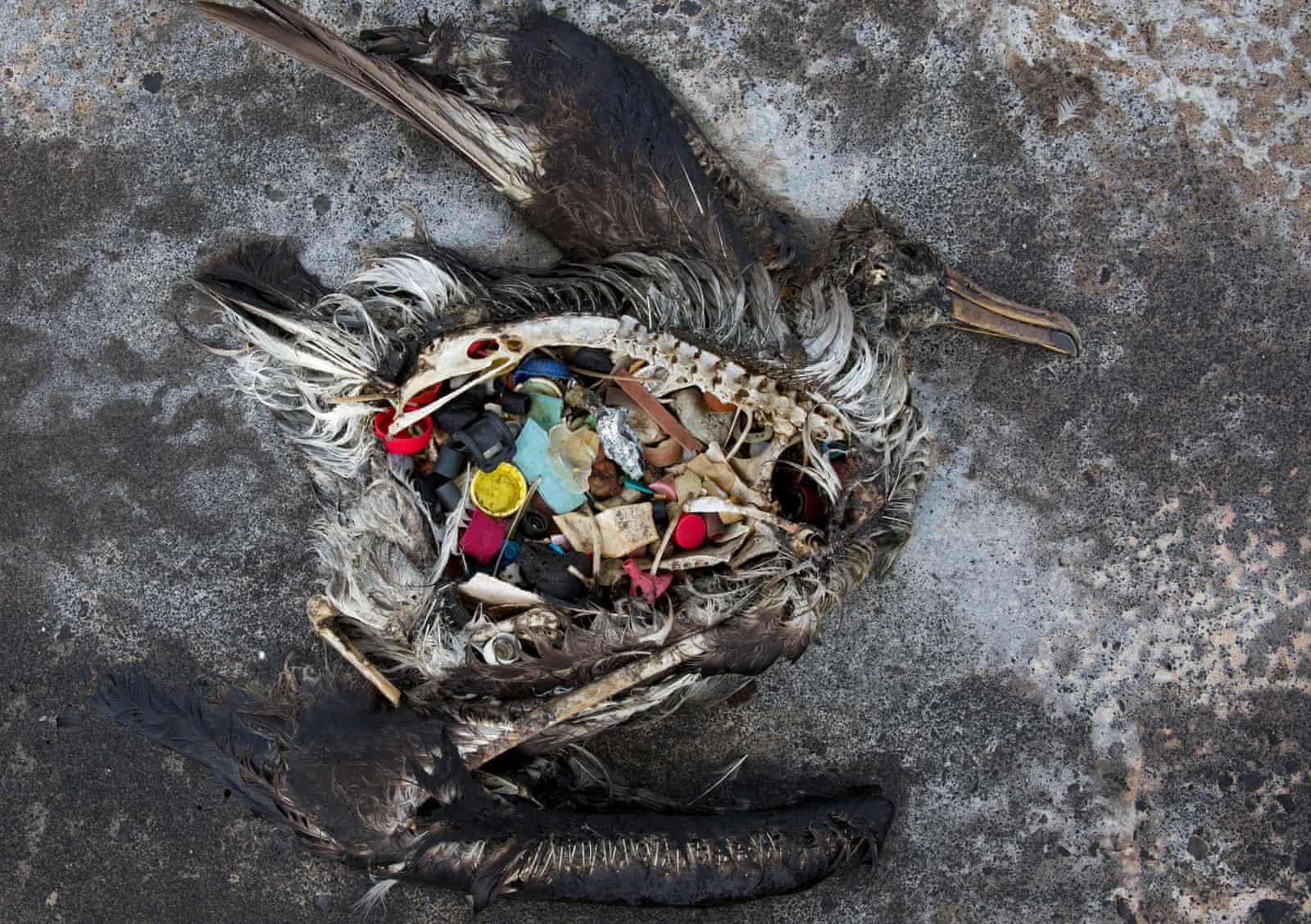In a previous post, we discussed the common wastewater treatment methods to remove harmful chemicals from coffee affluence to reduce the pollution in water bodies. Similarly, we would be exploring sewage treatment facilities again, but for a different purpose - human waste.
If you think that coffee stops polluting the Earth after the post-processing phase; when it is shelved, brewed; thrown away, think again. A pollutant, that most people are addicted to, continues to reside within the human body and enters the water systems through the sewage systems when we use the toilet (Mowbray, 2022). This pollutant is none other than caffeine.
Caffeine has been termed as an emerging contaminant, which means that it can have "lethal impacts on human and wildlife endocrine systems, even if available at trace quantities" (Antunes et al., 2021). While Raj et al. (2021) found that the existing waste treatment facilities can remove between 64-100% caffeine from wastewaters, the wide range suggests that in many circumstances, caffeine can still escape the treatment process and into the waterways. As such, what are the available solutions to prevent disturbances in the ecosystem caused by caffeine discharge?
The video below briefly discusses the impacts of pollution caused by the caffeine expelled by humans, its impacts on the environment, along with some suggestions to reduce the caffeine discharged via the sewage systems:
Some key points include:
- Outdated or incapability of wastewater treatment facilities to fully remove the caffeine content in human waste.
- Climate change overwhelming sewage flows, which results in caffeine contaminated waters to spread even in the terrestrial ecosystems, negatively impacting human, animal, and plant health.
- Expanding and upgrading wastewater treatment plants and stormwater storage are viable solutions, but they require years before they are operational.
- Use nature-based solutions to detoxify wastewaters instead can be more effective and are quicker to implement.
Of interest is the final point. Nature-based solutions involve bio-engineering techniques to sieve out nutrients in the waters, typically with the help of plants, before the waters enter the waterways. While the video suggested plant-based solutions like rain gardens to purify and recycle waters, such solutions must still be carefully considered as the effects of caffeine on plants are still ambiguous (Diaz, n.d.; Mahaney, 2019).
Overall, careful planning and adequate time are key to implement both nature-based and man-made solutions to remove caffeine from wastewaters, to prevent pollution in the waterways, which could harm the health of those who dwell on Earth.


No comments:
Post a Comment